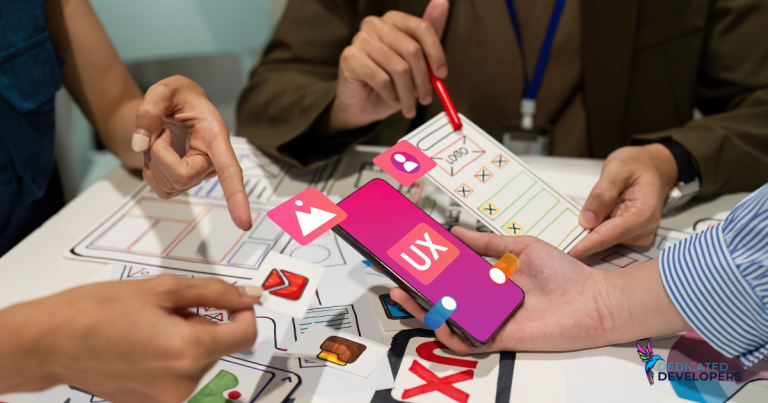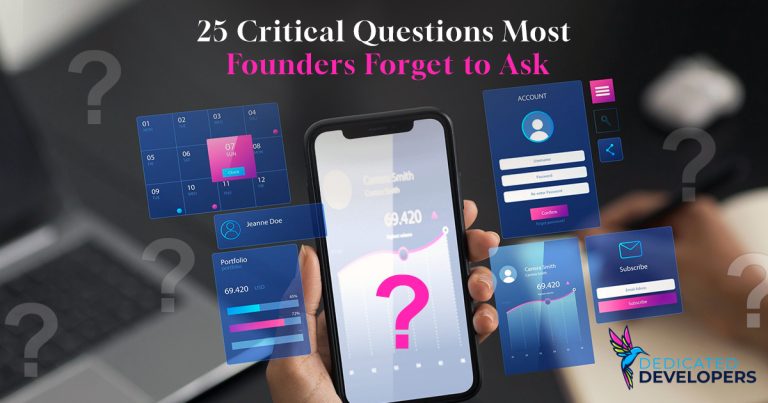How Much Does it Cost to Build a Food Delivery App like Uber Eats or Grubhub
Nowadays, accessibility and speed play a huge rule for any consumer in any business. Most businesses are beginning to adopt the use of digital technologies in their operations as a way to increase revenue and move with the trends.
Consumers are used to shopping for items online using apps and websites. With the emergence of food ordering apps and websites, ordering food has never been so convenient. The online food delivery industry is rapidly growing with research showing that over 40% of all delivered orders are online deliveries.
A lot of food businesses are transitioning from offline to online – this is because the online food marketplace has been reported to be used more. These food ordering apps benefit both food consumers and suppliers. The online food marketplace made revenue of over $90 billion in 2018 and it’s predicted to grow each year continuously.
The success of this business model has left a lot of people asking the same question – how much does it cost to build a food delivery app like Uber Eats or GrubHub? We’ll answer this question in this article.
Before we move to the cost of developing food ordering apps, let’s look at the different types of food delivery apps.
Types of Food Delivery Apps
If you want to enter the online food delivery industry, there are two main food delivery models you can use.
Aggregator
The aggregator delivery model is developed on a traditional system basis. This model allows top app developers USA to launch an app that will serve as a third-party platform where consumers and restaurants can be managed. Consumers can browse different types of food from various restaurants using this model.
For instance, if a mobile app development company launches an app using this business model, users will have options of ordering food from select restaurants and completing their order without logistics support from the app. Food ordering apps like Zomato make use of this business model.
Related Blog:
Food Delivery Platform Using Logistic Support
This food delivery model allows you to offer logistics support to restaurants. Small restaurants and home delivery services can profit from these services.
Different start-ups in the food industry can benefit from this model as it offers support to those who do not have a delivery system. This means that through the food app built by any mobile app development company, users can order food and track their order until it gets to them. Food delivery apps like Uber Eats make use of this model.
Features of Food Delivery Apps like Uber Eats and Grubhub
Food delivery apps like Uber Eats and Grubhub usually have two major parts, a customer app, and a Vendor/restaurant app. The customer applications have different significant features which are outlined below.
Login
The login feature allows users to make personal profiles so they can begin to use the apps. Having personal profiles on the app enables business owners to track their customers easily and go as far as customizing their services based on users.
Payment Functionality
This functionality allows customers to choose from different payment methods available in the app and pay for their food orders.
Search Feature
The search feature allows customers to search by food type, restaurant, or offers. This feature shows restaurants that are nearby and enables customers to use price, hours or rating filters while searching.
Order Tracking and Management
This functionality allows customers to track their orders in real-time once their payment is complete. Food delivery accuracy increases as a result of this tracking feature. Customers should also be able to successfully manage their orders on this app by either changing quantities, selecting items, or performing other functions.
The restaurant owners or vendors apps have the following features:
Menu Management
Restaurant owners or vendors can edit, add or delete items from their menu using this feature.
Order Details
They can keep track of all orders and see comprehensive information on all orders using this feature.
Dispatch Details and Payment Statements
Vendors can use the dispatch features to see the delivery details after a customer has completed payment.
How Food Delivery Apps Make Money
Customer Delivery Fee
Delivery apps that offer logistics to the restaurant make money from delivery charges. When demand is very high (during lunch peak hours), apps like Uber Eats to add a surcharge and limit menu options. This way price per delivery will increase even though demand might reduce.
Advertising
Food delivery apps charge their vendors a marketing fee to place them in the Featured section or run their ad. This is a sure way of generating a good amount of revenue.
Commission
Food delivery apps like Uber Eats make money by taking commissions from their partnered restaurants and vendors for every order made through them. The commission ranges from 10% to 40% depending on the market’s maturity.
Cost of Developing a Food Delivery App like Uber Eats and Grubhub
The cost of creating a food ordering app like Uber Eats depends greatly on some factors such as the number of features in the app, the complexity of the project, and the mobile app development company prices.
A rough estimate of the cost of developing a food delivery app like Uber Eats is $30,000 – $40,000 + depending on the defined features of the app such as content views, reviews, payments, payouts, UI/UX, user profiles, and others. Top app developers in the USA are responsible for this cost range.
Wrapping Up
There are many factors you should consider when you want to start your food delivery business. You have to consider your target market, the driver’s network, UI/UX, competition, restaurants/vendors to partner with, and more – as they will let you know if you are on the right path.
As time goes on, the online food ordering marketplace will evolve, and it’s essential that you keep track of the trends so as not to be left behind. The incorporation of Big Data, AR / VR, and the use of new ordering channels in the food ordering apps is something to look forward to.







